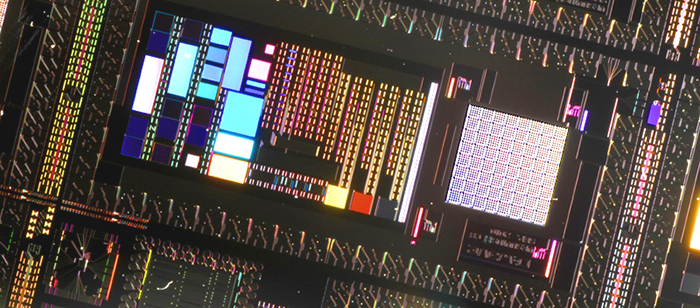UMBC Quantum Computation Seminar
Quantum Probabilistic Logic Programming
Radhakrishnan Balu
Army Research Laboratory
2:30-4:00pm, Tuesday, 28 October 2014, ITE 325B
We describe a logic programming language that supports Horn clauses, random variables, and covariance matrices to express and solve problems in probabilistic logic. The Horn clauses of the language wrap random variables and matrices to express probability distributions and statistical correlations, a powerful way to capture relationship between identical distributions that are not independent. A salient feature of the language is a mechanism to implement statistical ensembles and to solve the underlying SAT instances of probabilistic predicates using quantum mechanical machinery. We exploit the fact that classical random variables have quantum decompositions to build the quantum mechanical observables. We establish the semantics of the language in a rigorous fashion by considering an existing probabilistic logic language called PRISM with classical probability measures defined on the Herbrand base and extend it to the case of quantum probability. In the classical case H-interpretations form the sample space and probability measures defined on them lead to consistent definition of probabilities for well formed formulae. In the quantum analogue probability amplitudes are attached to H-interpretations facilitating the model generations and verifications via quantum mechanical superpositions and entanglements. The well formed formulae of the language can be cast as quantum mechanical observables and thus providing an elegant interpretation for their probabilities. We discuss several examples to combine statistical ensembles and predicates of first order logic to reason with situations involving uncertainty.Further studies include extension of the semantics to temporal logic constructs using quantum dynamic evolutions.
Radhakrishnan Balu is a computational scientist with a research focus on application of quantum mechanics to computation, communications, Chemistry, Physics, and biology. He has been working at the Army Research Lab since 2007 and uses D-wave system, a quantum annealer, and state-of-the-art quantum mechanics based software leveraging the high performance computing infrastructure for research. He has over 20 publications, including peer reviewed journal papers. He has five degrees in science and engineering, with a Ph.D in computational chemistry from the University of Maryland, Baltimore County, an M.S in biotechnology from Johns Hopkins University, and a B.S in computer science from the Indian Institute of Science, Bangalore.
Organizer: Prof. Samuel Lomonaco, Sorry, you need javascript to view this email address.






